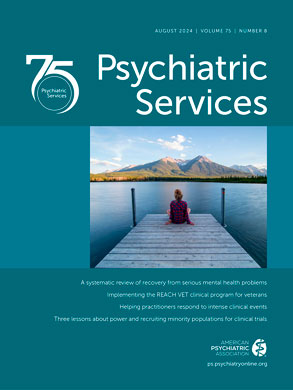Eric Hollander is chair of the department of psychiatry at Mount Sinai School of Medicine in New York City and director of the Seaver and New York Center of Excellence. Evdokia Anagnostou is child neurologist and assistant professor in the same department and clinical director of the same center as Hollander. Together, they edited this concise, straightforward, yet inclusive clinical manual for the diagnosis, evaluation, and pharmacological and psychoeducational treatment of autism. The contributors to the Clinical Manual for the Treatment of Autism are internationally known researchers and clinicians who developed the described treatments and conducted studies to determine their efficacy and safety. Regardless of the reason for the apparent increase in the incidence of autistic spectrum disorder, there is a dramatic rise in the number of patients with autism seeking treatment and services. Hence, the publication of such a manual by American Psychiatric Publishing is timely.
The book comprises 13 chapters; chapters 1 and 2 describe clinical diagnosis, evaluation, and testing for autism. Chapters 3 to 7 rigorously examine the evidence base for pharmacological treatment of symptoms of the disorder and include commonly prescribed medication groups, such as selective serotonin reuptake inhibitors, anticonvulsants, mood stabilizers, antipsychotics, stimulants, and nonstimulants. Also included are medications less commonly used, such as cholinesterase inhibitors. Chapters 8 to 11 describe commonly used and best studied psychosocial and educational interventions: applied behavioral analysis, DIR (Developmental, Individual-Difference, Relationship-Based)/Floortime, educational approaches, the Treatment and Education of Autistic and Related Communication-Handicapped Children (TEACCH) program, and interventions aimed at peer relations and socialization. Chapters 12 and 13 provide an important overview of complementary and alternative therapies and future directions.
Overall, the book is incredibly useful, and Hollander and Anagnostou should be recognized for this tremendous accomplishment. The book provides an easy-to-navigate review of the significant effort in recent years to study a range of treatments in a systematic fashion, in order to determine the efficacy and safety of each. The chapters reviewing the data behind psychopharmacological approaches that target specific symptom areas are particularly excellent. The authors provide easy-to-access, critically examined information, including tables that describe dosing recommendation and common side effects. The chapters reviewing the diagnosis, evaluation, and testing are thorough and useful; however, the description of measures used in comprehensive autism assessment does not provide the reader with measures of validity.
The chapters on applied behavioral analysis and peer relationships provide good descriptions of these approaches and helpful reviews of empirically validated interventions and models of service delivery. However, the chapter on the DIR/Floortime model is highly descriptive, and somewhat lacking in empirical data. Chapter 10, describing TEACCH, a special education approach initiated in North Carolina, could have been more concise. Chapter 12, discussing complementary and alternative therapies, is of high quality, especially the advice on how to approach the discussion of this topic with families.
I highly recommend this book to psychiatrists who see patients with autistic spectrum disorder in their practice and who are in need of straightforward, evidence-based guidelines for evaluation, testing, and treatment. This book is particularly suited for use by physicians, as its strength is clearly in the guidance it provides regarding psychopharmacology. Its description of psychoeducational approaches is helpful in that it familiarizes the reader with the theory, delivery, and evidence behind them.

